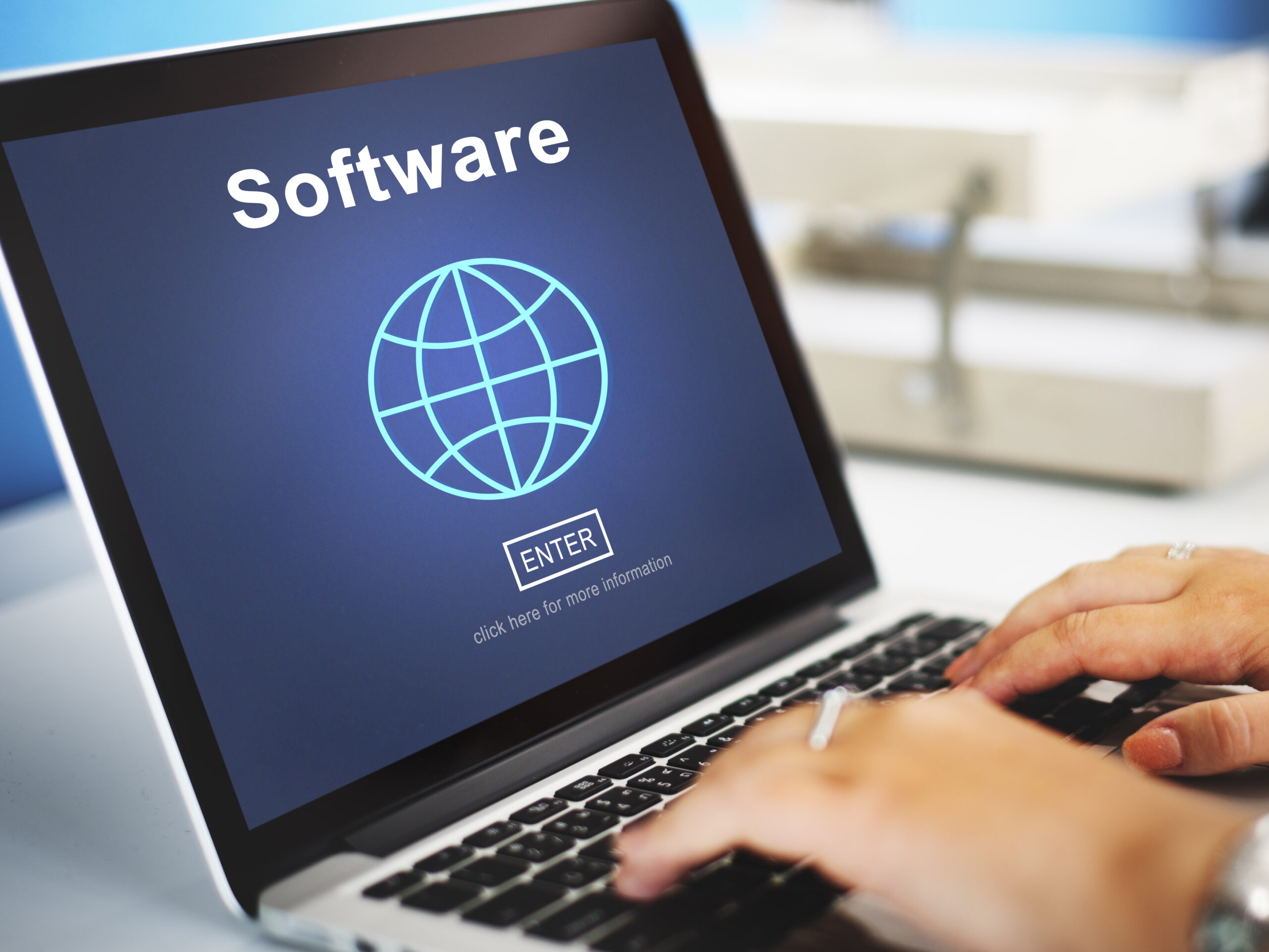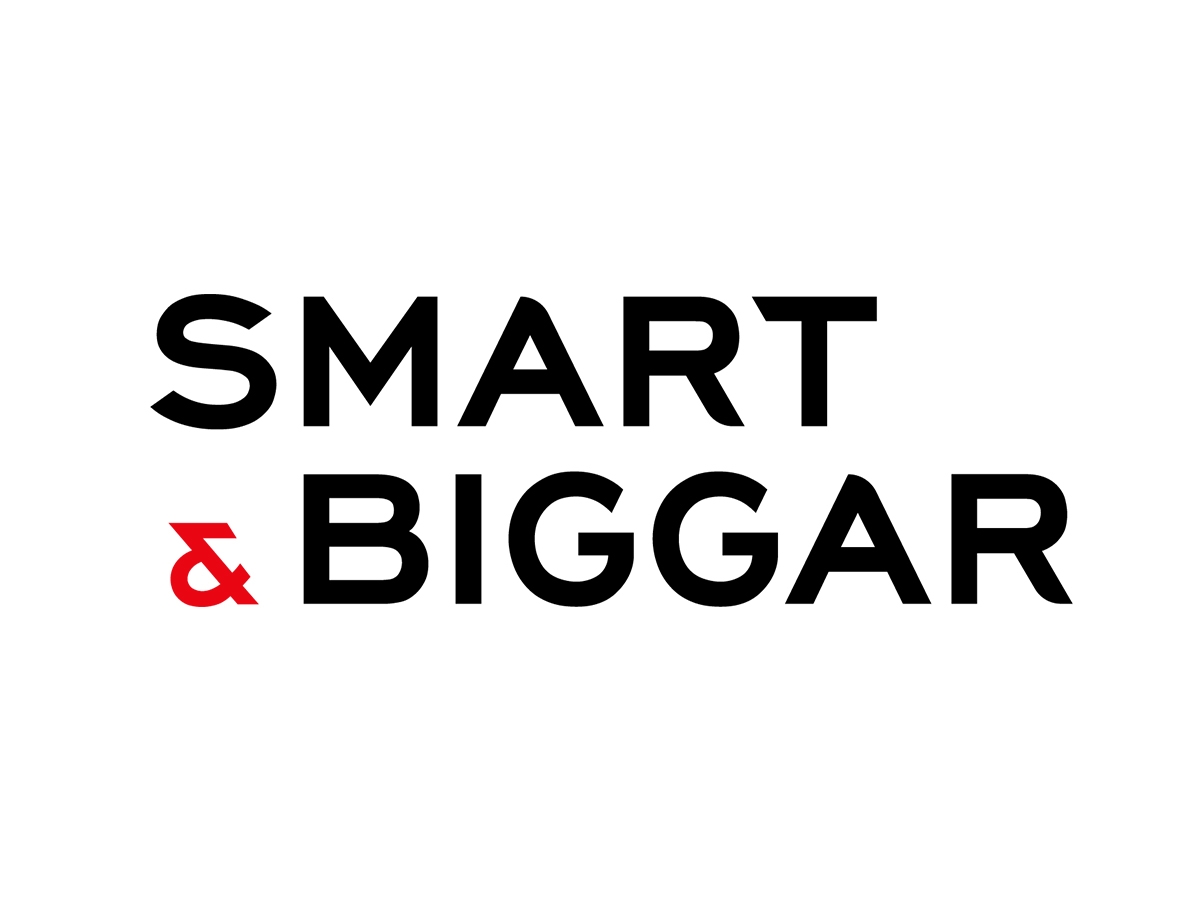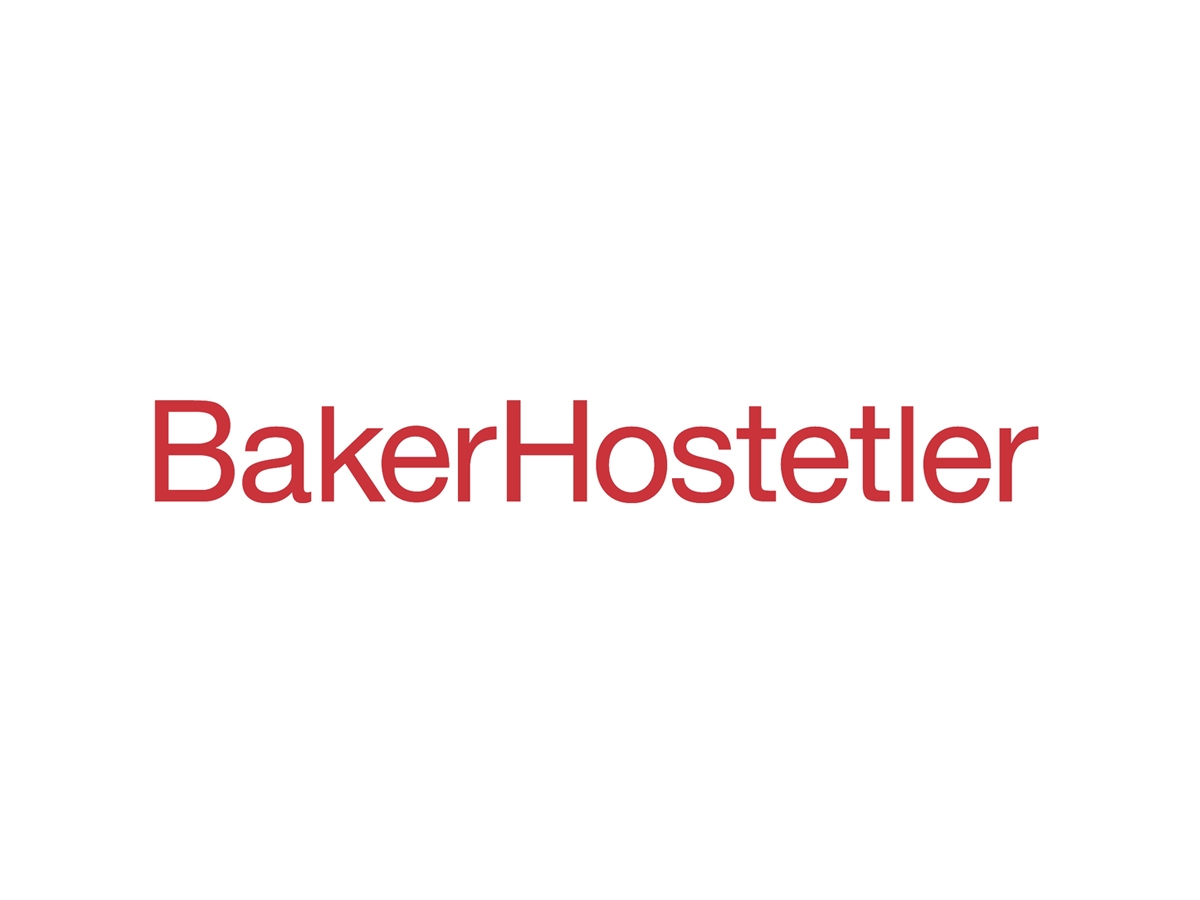Software-Related U.S. Patent Grants in 2022 Remained Steady While Chinese Software Patents Rose 8%
“The entirety of the patent bar can agree that the Alice decision, along with the U.S. Court of Appeals for the Federal Circuit’s 2008 en banc decision in In re Bilski…have left things clear as mud.”
Software Computer Digital Data Homepage Concept
As an update to my previous posts from 2017, 2019, 2020, March 2021, August 2021, and 2022, it has now been almost nine years since the U.S. Supreme Court’s 2014 Alice Corp. v. CLS Bank decision. Yet the debate still rages over when a software (or computer-implemented) claim is patentable versus being simply an abstract idea “free to all men and reserved exclusively to none” (as eloquently phrased over 74 years ago by then-Supreme Court Justice Douglas in Funk Bros. Seed Co. v. Kalo Inoculant Co.).
Further, it has been 12 years since famed venture capitalist Marc Andreessen wrote the influential and often-quoted op-ed piece in the Wall Street Journal titled “Why Software Is Eating the World.” Today, the digital transformation where software is “eating the world” is undeniable. Artificial Intelligence (AI), the Metaverse, Web3, cloud, gene editing, autonomous driving, quantum computing, and “green tech” dominate the technology news headlines and technology trend forecasts – all heavily reliant on software-related innovation – [Forbes] [Gartner] [World Economic Forum], but we are still without concrete guidelines for software-related patenting.
Let’s look at some facts and figures:
- According to the NY Federal Reserve, computer engineering and computer science represent 2 of the top 5 highest paying majors in the USA [CNBC].
- Software engineer is the number one in-demand job of 2023, where the median salary is US$120,730, and the U.S. Bureau of Labor Statistics expects 26% growth in this profession over the next 10 years [S. News & World Report].
- US SaaS VC investment hit US$90 billion in 2021, the highest on record, with over 263 US SaaS VC deals greater than US$100 million – 3x the total last year and 7x the total in 2015 [SVB].
- In 2022, global M&A activity in the Software and Internet Services space reached US$973 billion, representing over 10,544 deals [IMAA] – this includes the acquisitions of VMware, Citrix, Anaplan, and Zendesk [CIO].
- In the 2020-21 academic year, 34,164 Associate’s degrees, 90,775 Bachelor’s degrees, 54,174 Master’s degrees, and 2,572 PhDs were awarded in the U.S. in computer and information sciences [National Center of Educational Statistics].
- Gartner estimates that total 2023 global IT spending will reach US$4.5 trillion in 2023, an overall increase of 2.4% from 2022, but with the software and IT services segments projected to grow 9.3% and 5.5% in 2023, respectively, while the devices segment is forecast to decline 5.1% [Gartner].
So, given the above, we again sought to determine what percentage of issued patents by U.S. Patent and Trademark Office (USPTO), as well as the European Patent Office (EPO) and the China National IP Administration (CNIPA) are “software-related”?
To define what patents are “software-related,” we utilized the same methodology employed by the United States Government Accountability Office in a 2013 report to Congress. That report relied on certain United States Patent Classification (USPC) classes and subclasses of applications most likely to include software-related claims as selected by expert advisors to the USPTO. Now, with the assistance of IP services firm Clairvolex (and after converting from the USPC system to the Cooperative Patent Classification (CPC) system), data was pulled from the PatSeer Global Patent Database. The results? In 2022:
- 63.5% of issued U.S. utility patents were “software-related” (relatively unchanged from the 63.1% in 2021)
- 49.6% of granted EPO patents were “software-related” (relatively unchanged from the 49.4% in 2021)
- 43.5% of granted Chinese patents were “software-related” (up 8% from 40.2% in 2021)
- The top 15 software-related granted U.S. utility patent assignees were:

Despite the significance of the above numbers, the entirety of the patent bar can agree that the Alice decision, along with the U.S. Court of Appeals for the Federal Circuit’s 2008 en banc decision in In re Bilski (concluding that the “machine or transformation” test is the governing test for determining patent eligibility of a process under Section 101 of the Patent Act), have left things clear as mud. In direct response to this uncertainty, the USPTO issued its 22-page (with 87 footnotes and 42 mentions of “computer”) 2019 Subject Matter Eligibility Examination Guidance based on the Alice decision and other Supreme Court and Federal Circuit opinions on patent eligibility. That guidance document has now been included in Section 2106 of the Office’s latest edition of the Manual of Patent Examining Procedure (MPEP e9 r7.2022) and can quickly be summed up as:
Clear, huh?
Further, and without getting too much into “Stats 101” and debates over lies, damn lies, and statistics, I leave you with these observations (keeping in mind that over half of all issued U.S. patents over the past decade have been software related):
- “High-tech” (i.e., software, hardware, and networking) patents account for nearly 70% of US patent litigation [Unified Patents];
- Nearly two-thirds of patents challenged at the USPTO’s Patent Trials and Appeals Board (PTAB) in an IPR have a preceding district court case [RPX];
- No USPTO Technology Center has a survival rate at the PTAB in IPR, CBM, and PGR cases above 44% [Finnegan Henderson]; and
- The Federal Circuit (partially or completely) has historically affirmed the PTAB in over 83% of IPR, CBM and PGR appeals [Finnegan Henderson].
In light of all this, maybe some legislative help is on the way? Well, last summer U.S. Senator Thom Tillis (R-NC) released draft legislation titled the Patent Eligibility Restoration Act of 2022 [S.4734] to address the Section 101 problem. In the accompanying press release, he summarily and correctly stated:
“Unfortunately, our current Supreme Court’s patent eligibility jurisprudence is undermining American innovation and allowing foreign adversaries like China to overtake us in key technology innovations. … Unfortunately, due to a series of Supreme Court decisions, patent eligibility law in the United States has become confused, constricted, and unclear in recent years. … As of 2021, all 12 judges of the United States Court of Appeals for the Federal Circuit have lamented the state of the law. … [R]eforms are necessary to restore the United States to a position of global strength and leadership in key areas of technology and innovation, such as medical diagnostics, biotechnology, personalized medicine, artificial intelligence, 5G, and blockchain.”
Needless to say, Senator Tillis’ proposed legislation went nowhere in the 117th Congress. So, what will this new 118th Congress do to reform Section 101 of the Patent Act as it seems to be preoccupied with fighting the asleep culture wars? We will see. Until then, when it comes to patenting software, the struggle is still real.
Raymond Millien
Raymond Millien is the VP of Legal at Exro Technologies. Prior to joining Exro Technologies, Ray was the Chief Executive Officer of Harness IP, where he oversaw the firm’s operations, […see more]











